Get PeakVisor App
Sign In
Search by GPS coordinates
- Latitude
- ° ' ''
- Longitude
- ° ' ''
- Units of Length

Yes
Cancel
Share ×

Scan the QR code and open PeakVisor on your phone
❤ Wishlist ×
Choose
Delete
Rila Monastery Forest Reserve ("Rilomanastirska Gora" nature reserve in Bulgarian) is located within southwestern Bulgaria's Rila Monastery Nature Park. It’s a pristine, mountainous, and forested area surrounding the iconic Rila Monastery, a UNESCO World Heritage site. This reserve, covering approximately 3,690 hectares (14% of the Rila Monastery Nature Park), is one of Bulgaria's oldest protected areas. There are 9 named mountains in Rila Monastery Forest Reserve; the highest and the most prominent is Golyam Kupen (2,731 m / 8,960 ft).
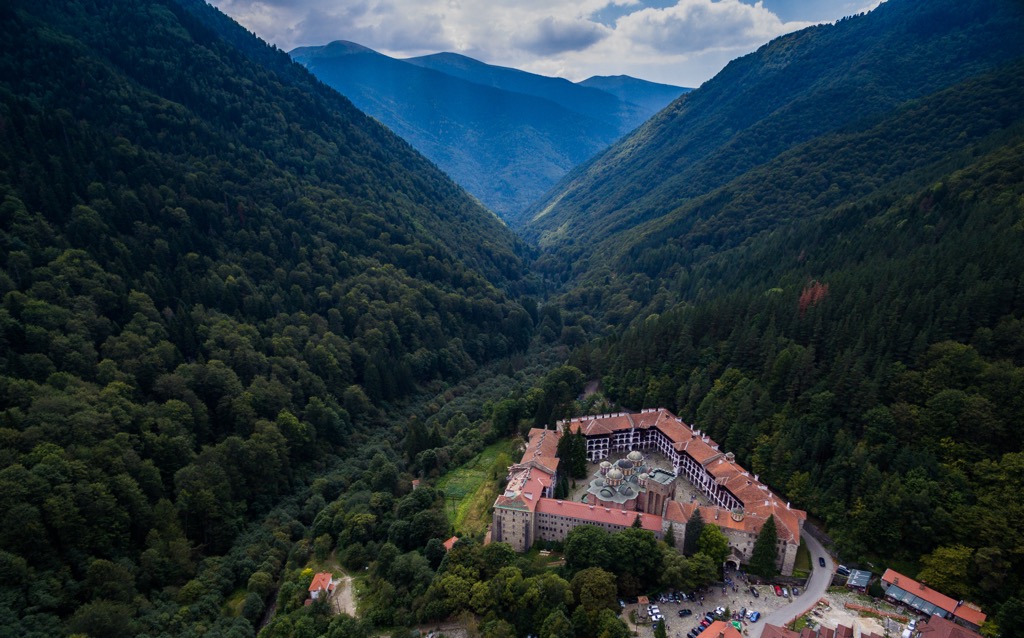
The Rila Monastery Nature Park was established in May 2000 to protect the landscape surrounding the Rila Monastery, one of Bulgaria’s national treasures. It covers 27,370.7 ha (67,648.8 acres), with 13,000 hectares (32,124 acres) being alpine meadows. The monastery itself sits at an elevation of 1,147 m (3,763 ft) and was named a UNESCO World Heritage site in 1983.
With over one million annual visitors, the Rila Monastery Nature Park is Bulgaria's second most visited park after Vitosha Nature Park. It lies in southwestern Bulgaria, about 120 km (75 mi) south of Sofia, Bulgaria’s capital and largest city.
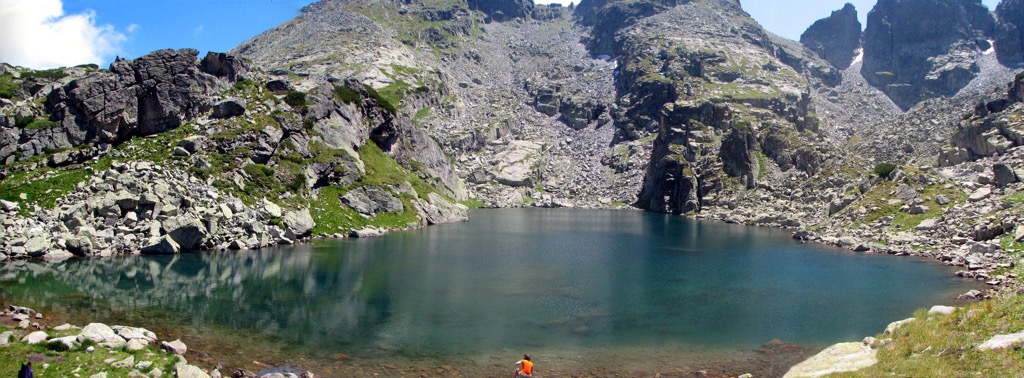
The Forest Reserve includes the area surrounding the monastery, covering 36 sq. km (14 sq. mi) or 14% of the park. It is home to mixed fir and beech forests. The area was part of Rila National Park, established in 1992. However, due to legal changes, some of its territory was later designated as a separate nature park under the Rila Monastery.
The park is in the western Rila Mountain Range, with altitudes ranging from 750 to 2,713 m (2,461 to 8,901 ft). It features 36 alpine peaks over 2,000 m (6,562 ft), like Golyam Kupen (2,731 m / 8,963 ft), Rilets (2,713 m / 8,901 ft), and Popova Kapa (2,704 m / 8,871 ft). Several rivers run through the park, including the Rila, Iliyna, and Droshluovitsa.
The park's highest zone is marked by glacial relief from the Pleistocene era. During the glacial period, permanent snow cover was 2,200 m (7,218 ft). The glaciers extended into the valleys, reaching 1,200-1,300 m (3,937-4,265 ft). Evidence of this can be seen in the many moraines along the Rilska River at an elevation of 1,250 m (4,101 ft).
The park features numerous amphitheater-shaped depressions in the glacial valleys of the Rilska River and its tributaries. Most of these depressions have lakes at their bases.

The Rila Mountains’ geological foundation consists of metamorphic rocks like gneiss, biotite, amphibolite, and marble. In the northeast, the area features more igneous rocks, notably granite and pegmatite.
The valley of the Rilska River, stretching from Fish Lake to Kirilov's Meadow, splits the park into two sections. Rila has waterway divides, marking the separation between the Black Sea and the Aegean Sea basins.
The park has 28 lakes, 25 glacial and three tectonic in origin. The highest lake is the first of the Devil's Lakes, at 2,445 m (8,022 ft), and the lowest is the Dry Lake, at 1,892 m (6,207 ft). The largest high mountain lake on the Balkan Peninsula, Smradlivoto, is also located in the park, reaching a depth of 24 m (79 ft).
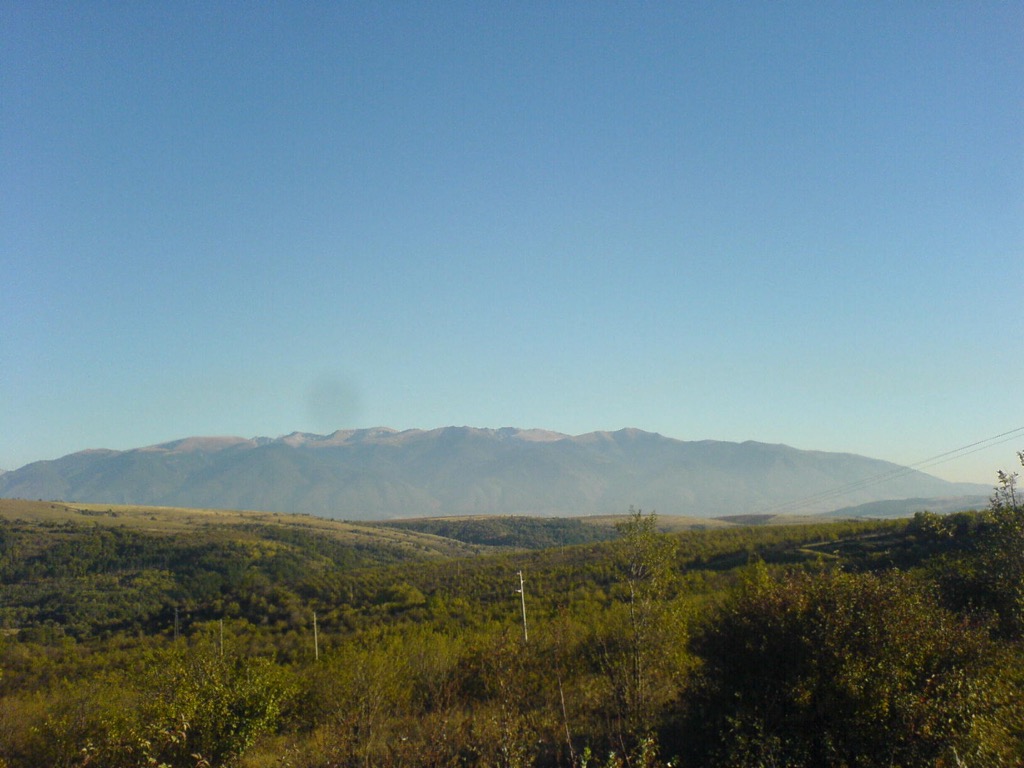
Forest ecosystems make up 70% of the park. In the lowest zones, between 800 and 1,500 m (2,625 and 4,921 ft), dense European beech forests thrive. Coniferous ecosystems, located at 1,300 to 2,200 m (4,265 to 7,218 ft), consist of European spruce, Scots pine, mountain pine, white pine, and fir. Alpine ecosystems cover 20% of the park, between 2,200 and 2,500 m (7,218 and 8,202 ft), with dwarfed Scots pine dominating.
The Rila Monastery Nature Park is part of the Rhodopes Mountain mixed forests, an ecoregion of broad-leaved and mixed forests of temperate regions. The park includes 85 habitats, representing 21% of all natural habitats in Bulgaria.
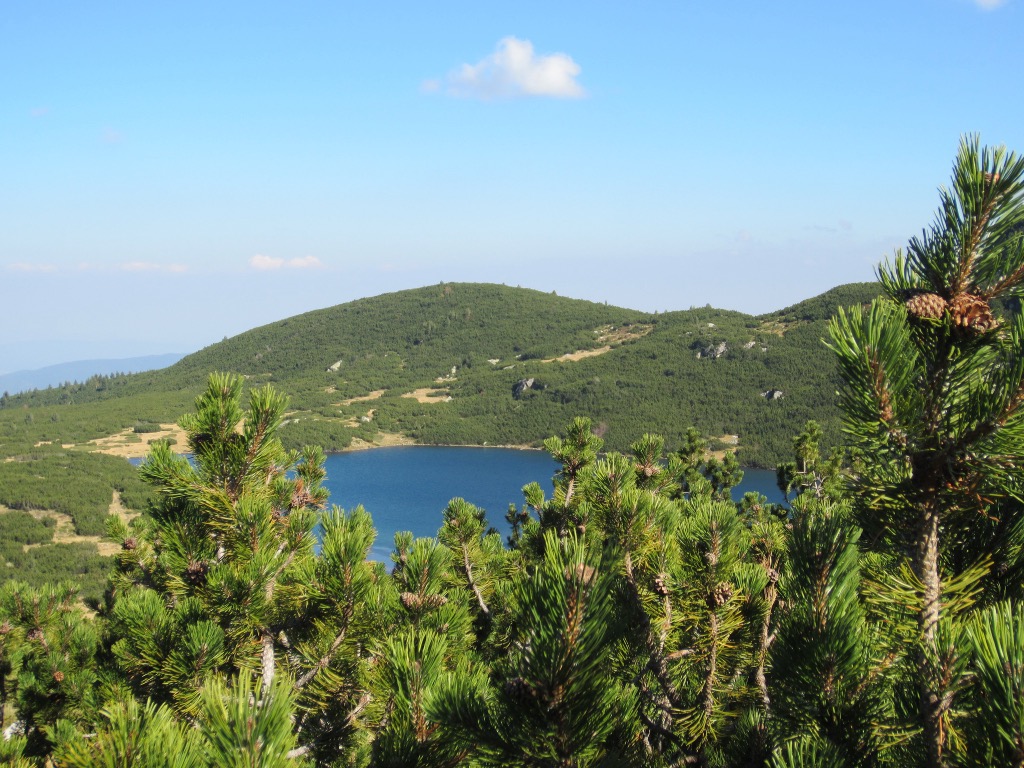
The park is home to 1,400 species of vascular plants, 38.88% of all in Bulgaria, with the highest concentration in the coniferous zones and the forest reserve of the Rila Monastery. Fourteen species appear on the IUCN Red List.
The park is home to 306 species of mushrooms, 202 vertebrate species, and 52 mammal species, including 15 bat species, 50% of Bulgaria's and 45% of Europe's bat species. There are also 20 species of small mammals and 13 large mammal species. Common mammals include wolves, jackals, red foxes, brown bears, badgers, ferrets, otters, golden martens, white martens, wild cats, wild boars, red deer, roe deer, and chamois.
The park has 122 bird species, with 97 nesting here. Birds of prey include griffon vultures, black vultures, and golden eagles.
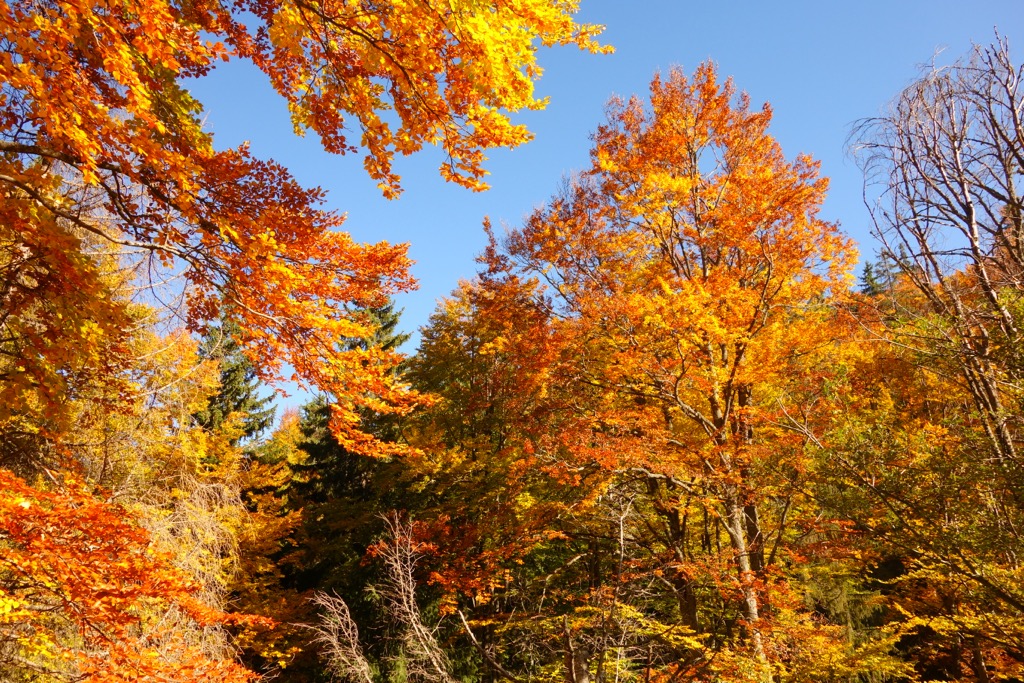
At the center of the park stands the Rila Monastery, a national treasure of Bulgarian culture and spirituality. Founded between 927 and 941 by Ivan from the village of Skrino, the monastery originally stood about 3 km northeast of its current location. It was built around a natural cave where Ivan Rilski once lived. During Ottoman rule, the Rila Monastery became a center for preserving and reviving the Bulgarian spirit and nation.
In 1335, feudal lord Hreljo Dragovola constructed the monastery buildings on a fortified terrace between the Rilska and Drushliovitsa Rivers. The Hrel Tower, built in 1340, is the oldest surviving structure. The present architectural style was developed in the nineteenth century, with residential wings constructed over four years and the courtyard enclosed over the following 13 years.

The monastery became a popular pilgrimage destination, particularly after the relics of Saint Ivan were brought there in 1469. Every year, on July 1st, a celebration commemorates the arrival of the saint's relics.
Although a fire destroyed most of the complex in 1833, it has been gradually rebuilt since. The rectangular complex includes the Cathedral of Our Lady of the Assumption, with exquisite frescoes, as well as 300 monk's chambers, chapels, a library, and an abbot's room. The monastery's exterior resembles a fortress, with its high stone walls and small windows.
Visitors can explore the main monastery church, "Rozhdestvo Bogorodichno," the historical museum, the magernitsa, and the farm museum. In 1983, UNESCO declared the Rila Monastery a World Heritage Site.
To the northeast of the monastery, high in the mountains, are two more architectural-historical ensembles: the Postnitsa St. Ivan Rilski, where the saint's original grave was located, and the Postnitsa St. Evangelist Luke.
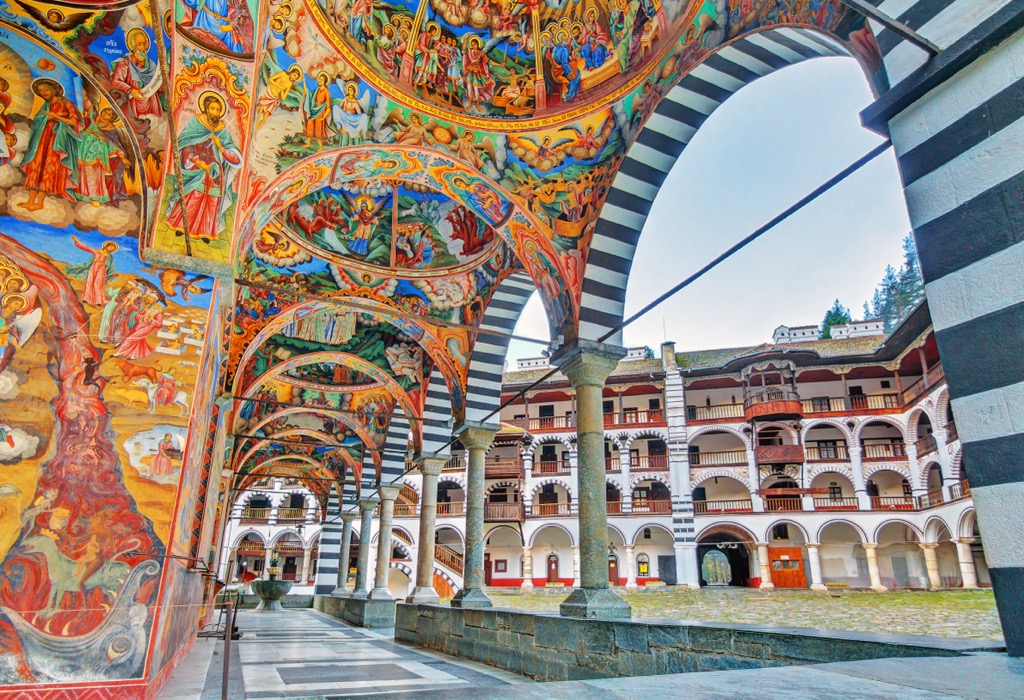
The Rila Canyon hike starts from Kirilova Polyana, through the beautiful canyon of the Rila River, and leads to Tiha Rila and the Ribni Ezera mountain hut. From there, hikers embark on a long ridge tour, ending at Rila Monastery. The hike spans 38 km (23 mi) and typically takes two days. The trail is generally moderate, but it’s still a challenging two-day hike with a 2,000 m (6,561 ft) elevation gain.
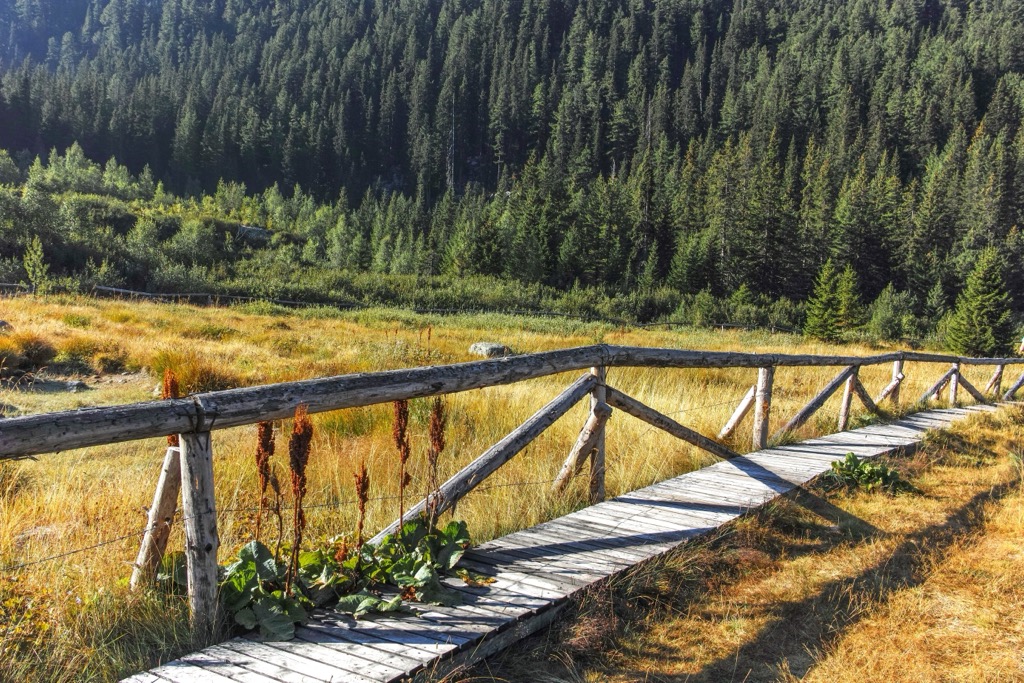
The hike from Rila Monastery to the Seven Lakes is spectacular. The ascent from the valley to the high ground and the steep descent from Malyovitsa can be strenuous. Once you reach the well-marked trails, the journey becomes more manageable, and the views from the summits over the seven lakes are magnificent.
The hike covers a distance of 19 km (11 mi), with an elevation gain of 1,800 m (5,905 ft). The route takes you from Rila Monastery (1,100 m / 3,608 ft) to Ivan Vazov Hut (2,300 m / 7,545 ft), up to Otovishki Vrah (2,696 m / 8,845 ft), and finally to the Seven Lakes Hut (2,196 m / 7,204 ft).
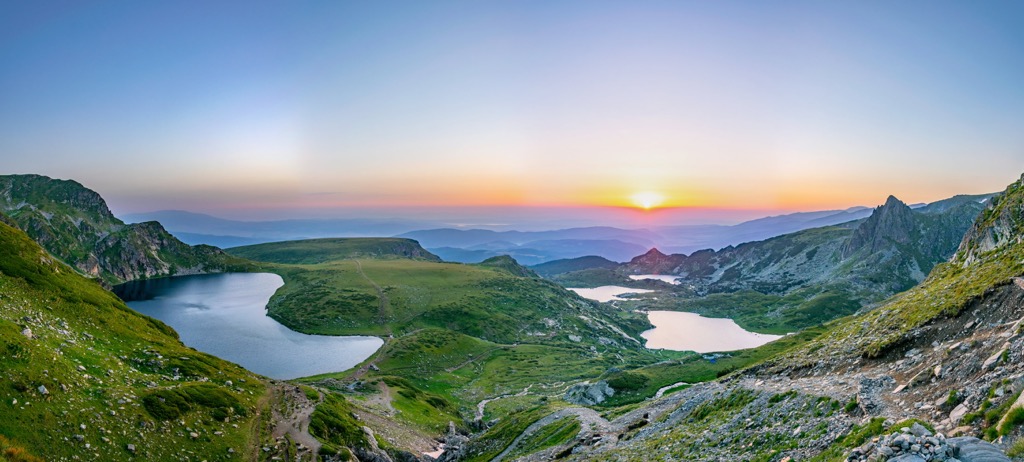
Here’s an excellent option if you are looking for an easy trail. This 13.5-km out-and-back trail offers a moderate hike and typically takes around four hours to complete.
It is a popular route for hiking and mountain biking. You just need to take the road from Rila town to the monastery.
Blagoevgrad, a vibrant city in southwestern Bulgaria, is a cultural and educational hub nestled in the foothills of the Rila and Pirin Mountains.
Known for its youthful energy, the city is home to two major universities—South-West University "Neofit Rilski" and the American University in Bulgaria. The city’s pedestrian-friendly center, lively cafes, and cultural venues allow for leisurely exploration. Additionally, Blagoevgrad is a gateway to the nearby Rila Monastery, a UNESCO World Heritage site.
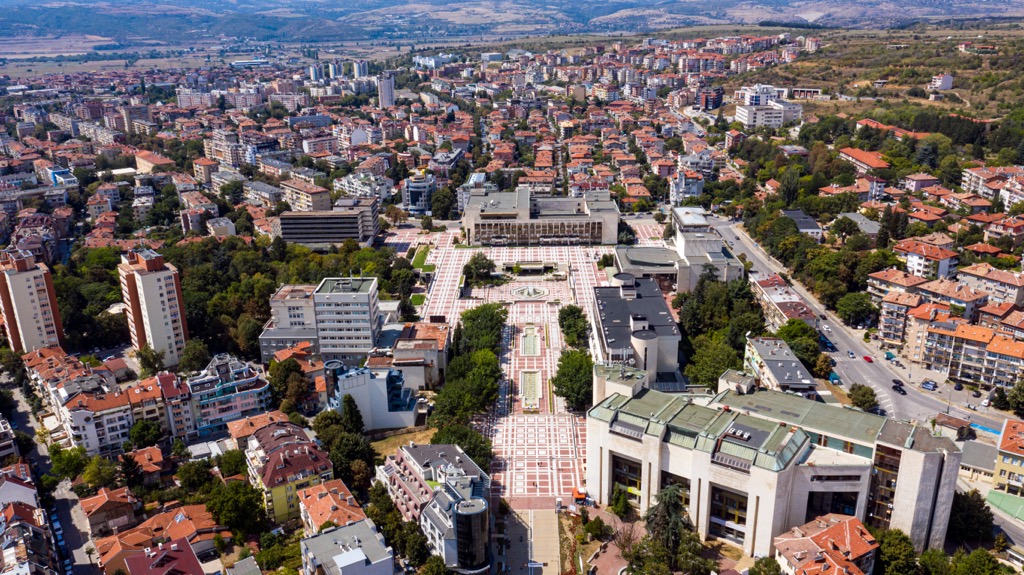
This town in western Bulgaria is nestled between the Rila and Verila Mountains. It has a rich industrial history and is known for its manufacturing sector, particularly in the automotive industry. The town has a friendly, relaxed atmosphere, with pleasant parks and gardens. Dupnica is also a gateway to explore the natural beauty of the surrounding mountains.
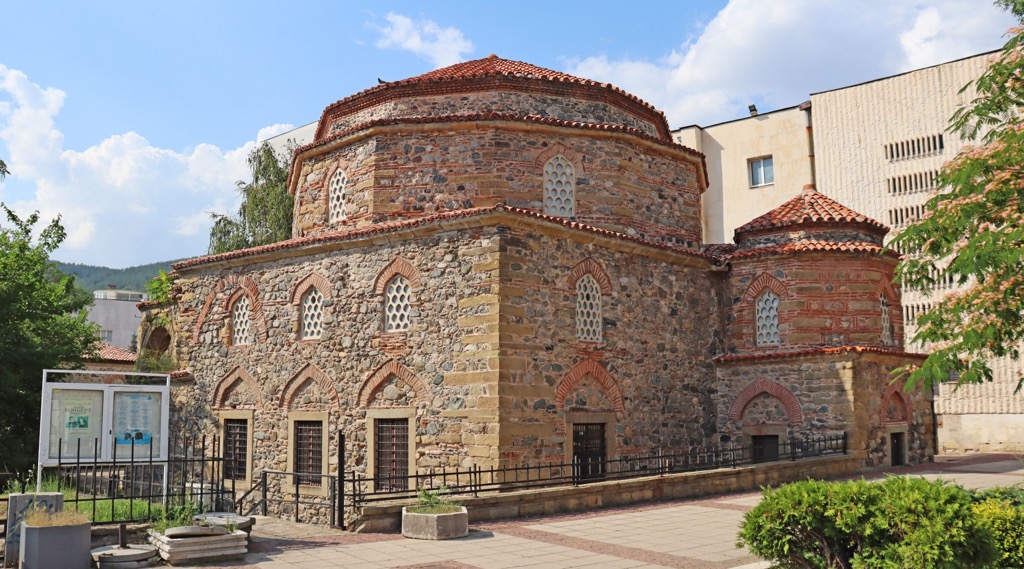
Sofia is Bulgaria's capital and largest city, situated at the foot of Vitosha Mountain. It is a vibrant metropolis with a rich history dating back to Roman times. Sofia boasts an array of architectural wonders, including the Alexander Nevsky Cathedral, as well as a thriving arts and cultural scene. The city offers a blend of traditional charm and modernity and is a worthy and underrated destination for travelers.
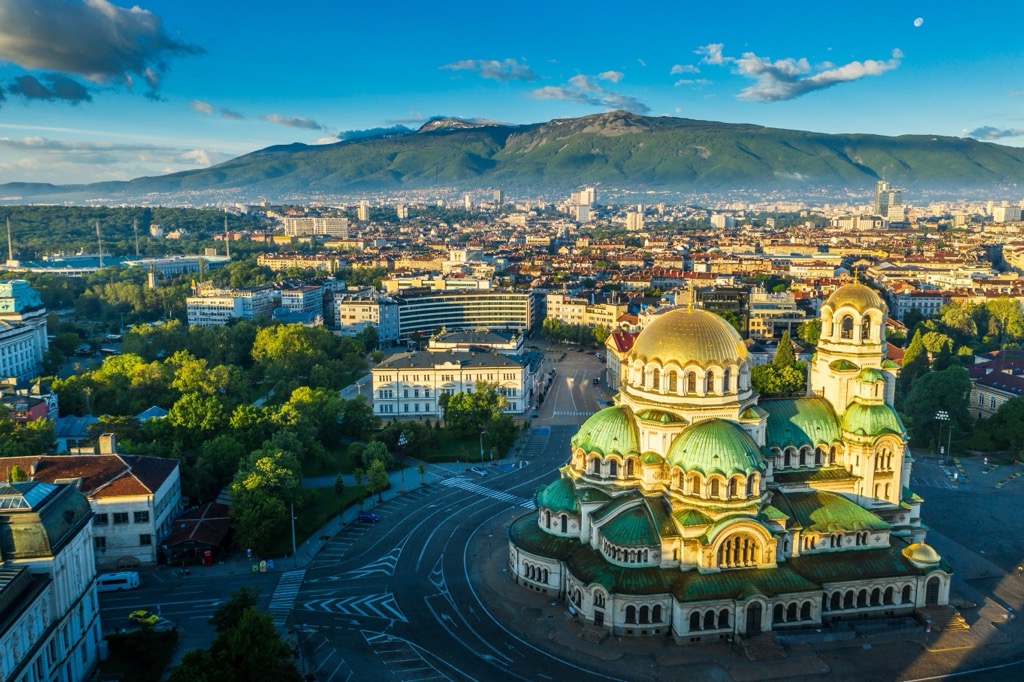
Explore Rila Monastery Forest Reserve with the PeakVisor 3D Map and identify its summits.








